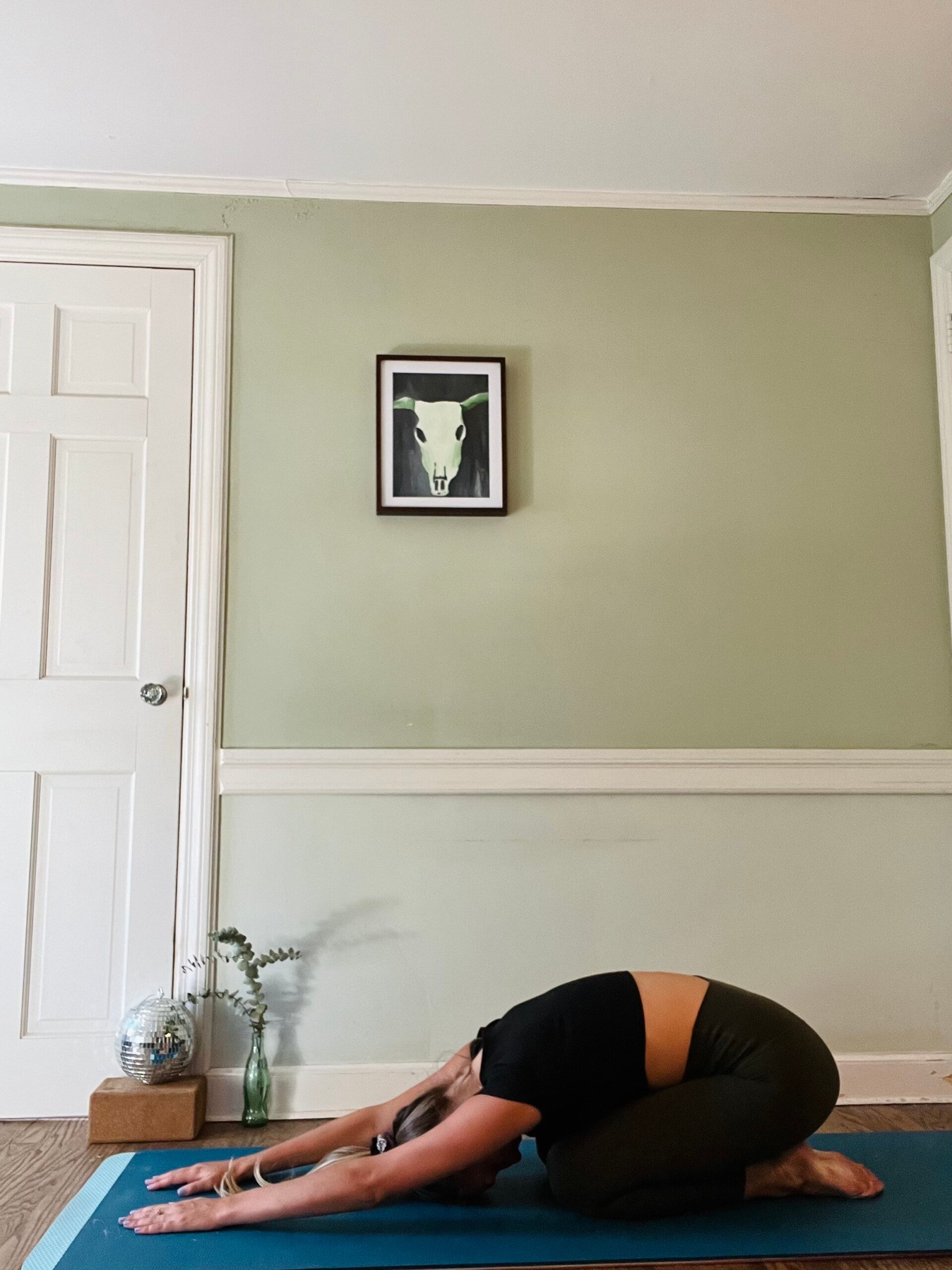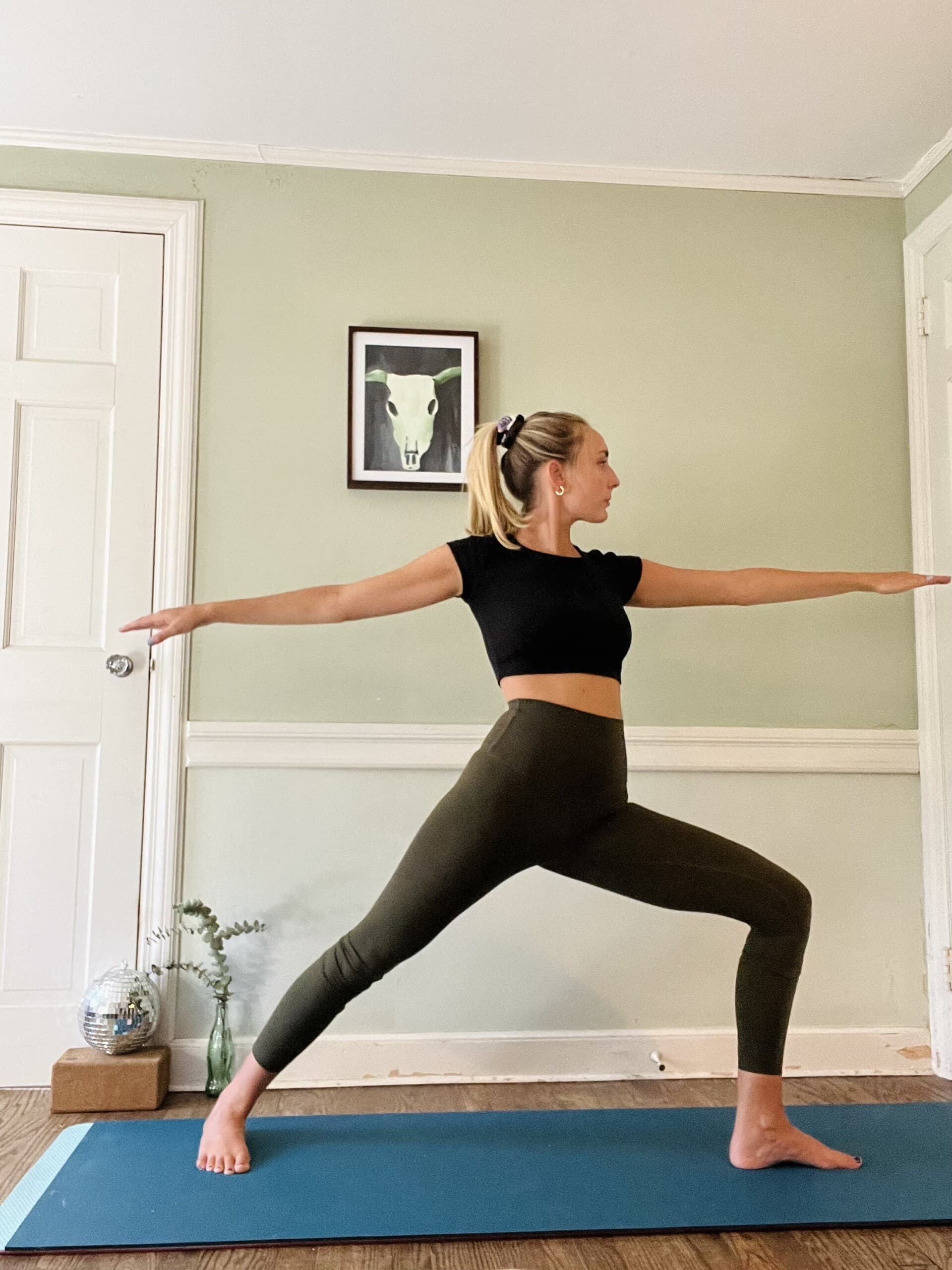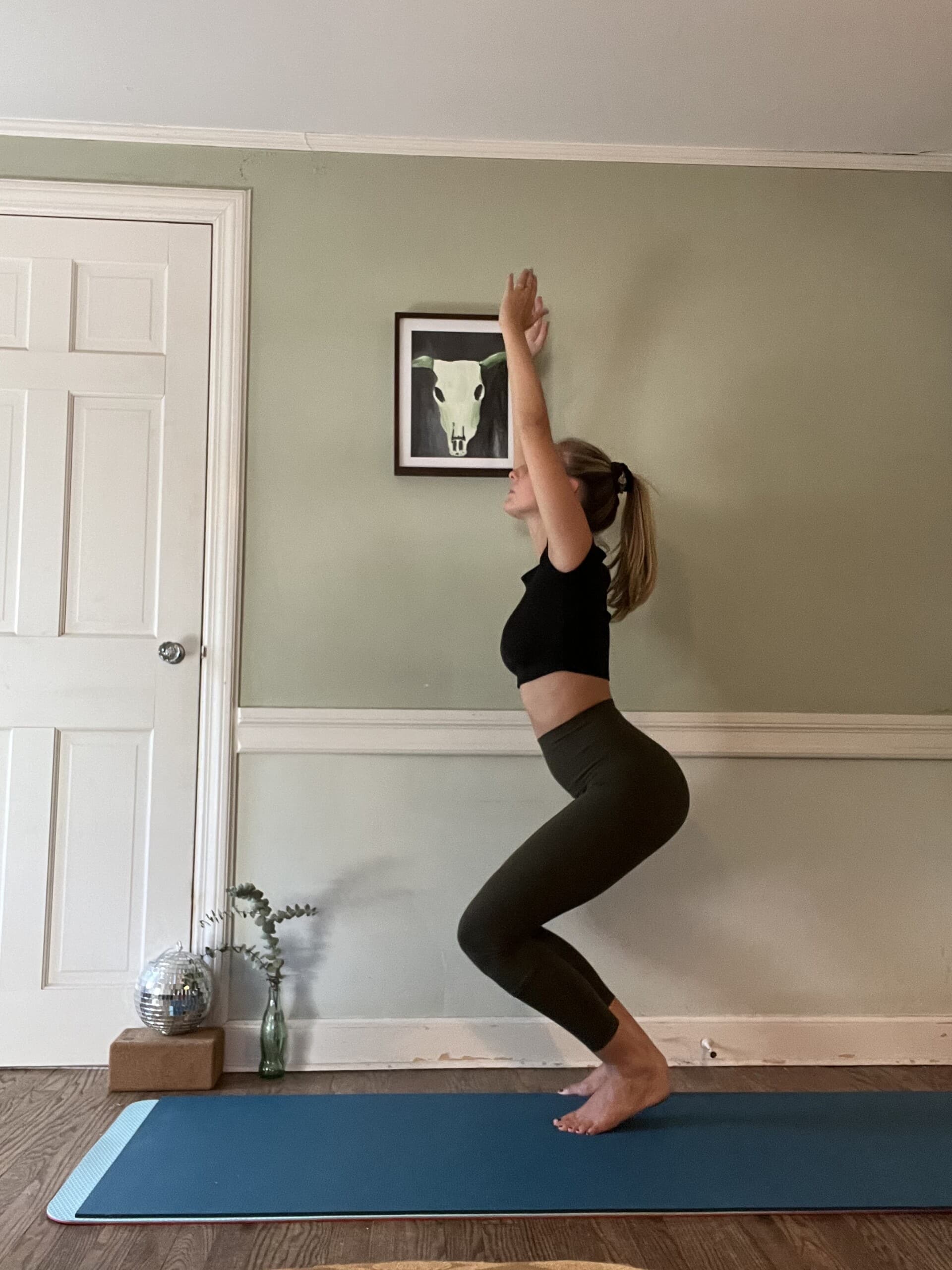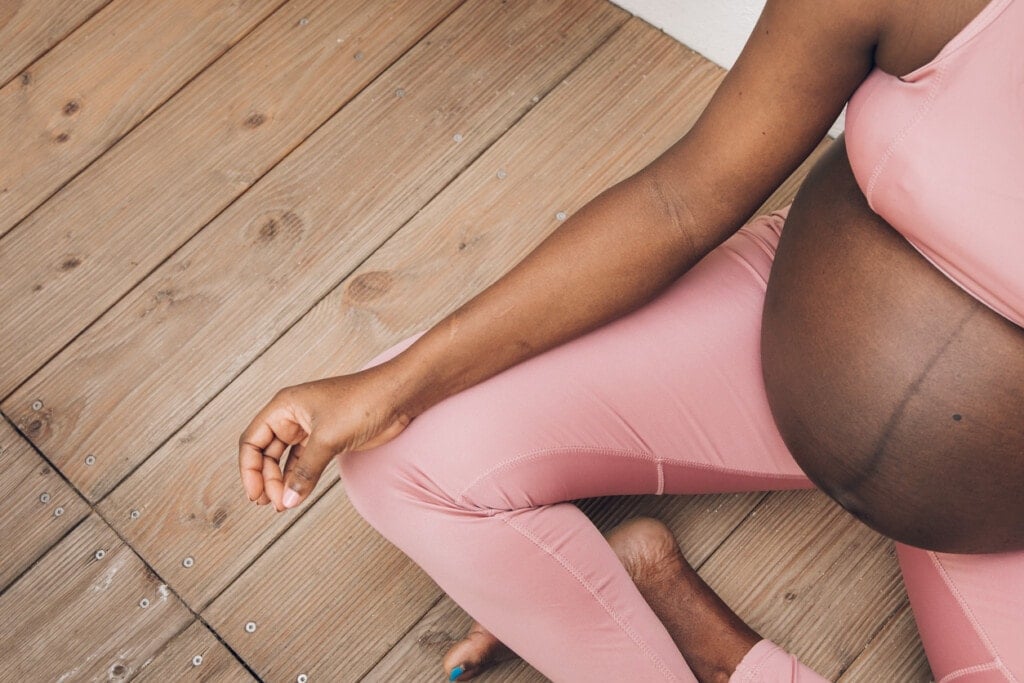Prenatal yoga is the practice of specific postures and breathwork for pregnant women. The method allows the mother to build endurance and encourages the body, breath, and mind to relax. Meditation and breathing are a big focus of prenatal yoga because they help you prepare for labor and childbirth. The postures, known as Asanas, are milder in prenatal yoga than in other yoga classes. It avoids poses that pressure the abdomen or increase abdominal pressure while strengthening the hips, lower back, and pelvis.
Throughout pregnancy, your body is going to transform. Your body will adapt to the growing baby inside you. But what worked for you in your first trimester may not work for you during the second or third. Yoga is a practice that adapts to your changing needs. You learn to connect to your body and bring your attention within. The goal is not what you look like in a particular shape but the quality of your breath. If you stay connected to your breath while you move, there will be no harm to you or your baby. When you move with your breath, there are many benefits to practicing yoga.
Benefits of Practicing Prenatal Yoga
Increase Stamina and Strength
Yoga asanas can guide you to strengthen your muscles and your mind. For example, you may be in chair pose and feel like your legs will give out. But then you move your attention from your burning legs to your breath. When you notice the breath in and out, you find you can stay in the chair pose longer than you thought possible. This will build physical strength in the muscles needed for childbirth. Your mind will strengthen, and you will trust your body. You will know you can do things your mind did not think you could endure.
Improve and Build Your Balance
Your body is rapidly changing, and as your baby grows, your center of gravity shifts. Practicing the yoga asanas will keep you connected to your center. It will provide a safe place to explore your body and challenge your balance and strength.
Increase Connection to Your Body and Baby
The more in tune you are with your body, the more in tune you are with your baby. When you are more aware of what is in your body, you can witness it and move on. This will allow for more space and grace in your day. You will find your body and mind gradually begin to relax. When the mom is relaxed, the baby will relax. A regular prenatal yoga practice will establish a calm and connected environment for your baby to grow in.
Build Community and a Support System
When you practice prenatal yoga in a studio, you build community. You move alongside your sisters, who are on their journey to motherhood. Practicing together can nourish your soul and allow you to make connections. Being connected is imperative for any transition in life, especially in the postpartum period. If practicing together in a studio is not an option, I would recommend connecting with a prenatal yoga teacher who teaches live virtual classes. Again, this will give you the benefit of moving within a community. Please know that how you choose to practice is not as important as the practice itself. Getting familiar with your pelvic floor, strengthening your glutes, and learning to breathe is the most critical decision you can make during pregnancy.
Poses for You to Try

Balasana (Child’s pose)
This posture can be calming and cooling. The hips can open while feeling supported by the ground. The lower back and thigh muscles can relax. In this pose, it is easy to let go and surrender. Come down onto all fours on your mat to get into the pose. Send your knees out wide and let your big toes touch. Sit back onto your heels. Place your hands by your feet or extend the hands out in front so your fingertips reach the front of the mat.

Virabhadrasana II (Warrior II pose)
This pose builds strength, endurance, and heat in the body. It can help ground and connect you to the earth. This pose brings openness and stability to the hip and pelvis. You can invite expansion and openness across the chest and shoulders with a stable base. From Tadasana (standing), step your left leg back. Imagine you are standing on train tracks. Keep space between the legs. Bend the front right leg and engage all five toes on the ground.
Your right foot faces the top of the mat. The back leg is straight. Engage the left thigh and glute. The left foot points to the side of the mat. Inhale and send your arms out like a T. Lift through the chest and throat. Send your gaze out over the front fingertips. To come out of the pose, lower your hands. Square your hips off to the front of the mat so your body faces forward. Bend the back left leg. Then step the back foot forward. Repeat on the other side.

Utkatasana (Chair pose)
The chair pose builds strength in the pelvis. The posture can be very grounding as you feel your feet firmly planted on the ground. This steadiness can bring a sense of calmness. From Tadasana (standing), start to bend the knees slowly. Bring the weight into the back of your body, toward the heels. Engage the abdominal muscles. If your shoulders reach up, move them away from your ears on an exhale. You can bring your hands to touch and keep them by your heart. Or reach your hands up and overhead with the palms facing each other. Connect to your breath. A long steady breath signals you can try more in the pose. A short, constricted breath asks you to soften and modify the body.
Pranayam (breathwork) to Try
Lie in a safe and comfortable place to practice full, complete breaths. Bend your knees, and keep your feet flat on the ground, slightly wider than hip distance apart. Let your knees touch. Close your eyes. Bring your attention inward. Notice your breath. Place your hands on your chest. As you inhale, notice your chest expands and feel your hands move apart. Exhale, feel the chest fall, and your hands come back together.
Stay with your hands on your chest for a few more breath cycles. Then, move the hands to the belly. Inhale and notice the belly rise. Exhale, and the abdomen falls. Keep your hands on your stomach around your baby. Feel the breath as it fills the belly and then leaves with each inhale and exhale. Now move your hands to the side of your ribs, grabbing your back with your thumbs and resting your fingers on your ribs. Inhale and notice the ribs expand. Exhale, and feel the ribs contract. Breathe with your hands on your ribs for several breaths. Allow the breath to fill the side of your body, then release.
Next, move your hands to the side of your body and let them rest on the floor. Inhale and feel the breath move into the back of the body. Exhale, and feel the back ribs contract. Breathe here for several breaths. Bring your awareness to your whole body. Send the breath into the chest, belly, side ribs, and back. Feel them all expand, and fill. Exhale and let your breath contract; feel the chest, abdomen, side ribs, and back return to the midline. Breathe a full complete breath for several cycles. Then let go and return to your natural breath. Find your normal rhythm of breathing.
Find What Works for You
Prenatal yoga is a wonderful way to prepare for childbirth and postpartum. Like everything in life, what is best for you is unique based on your specific needs and traits. Find a teacher and a way to practice that works for you. What is most important is that you practice. Prenatal yoga allows you to be in tune with your body and baby. It supports you in pregnancy to be present in every breath. As you deepen your practice, your body will develop endurance and flexibility. Specific postures will help you strengthen and open the pelvis and lower back, which will be essential during labor.
No matter what posture you practice, making time daily to connect to your body will strengthen your mind and allow it to build stamina and flexibility. Your breath and your body are at ease when your mind is at ease. If you have mind-body practice, you will bring more relief to stressful and uncomfortable situations. This is a sound foundation for labor, postpartum, and parenting.









